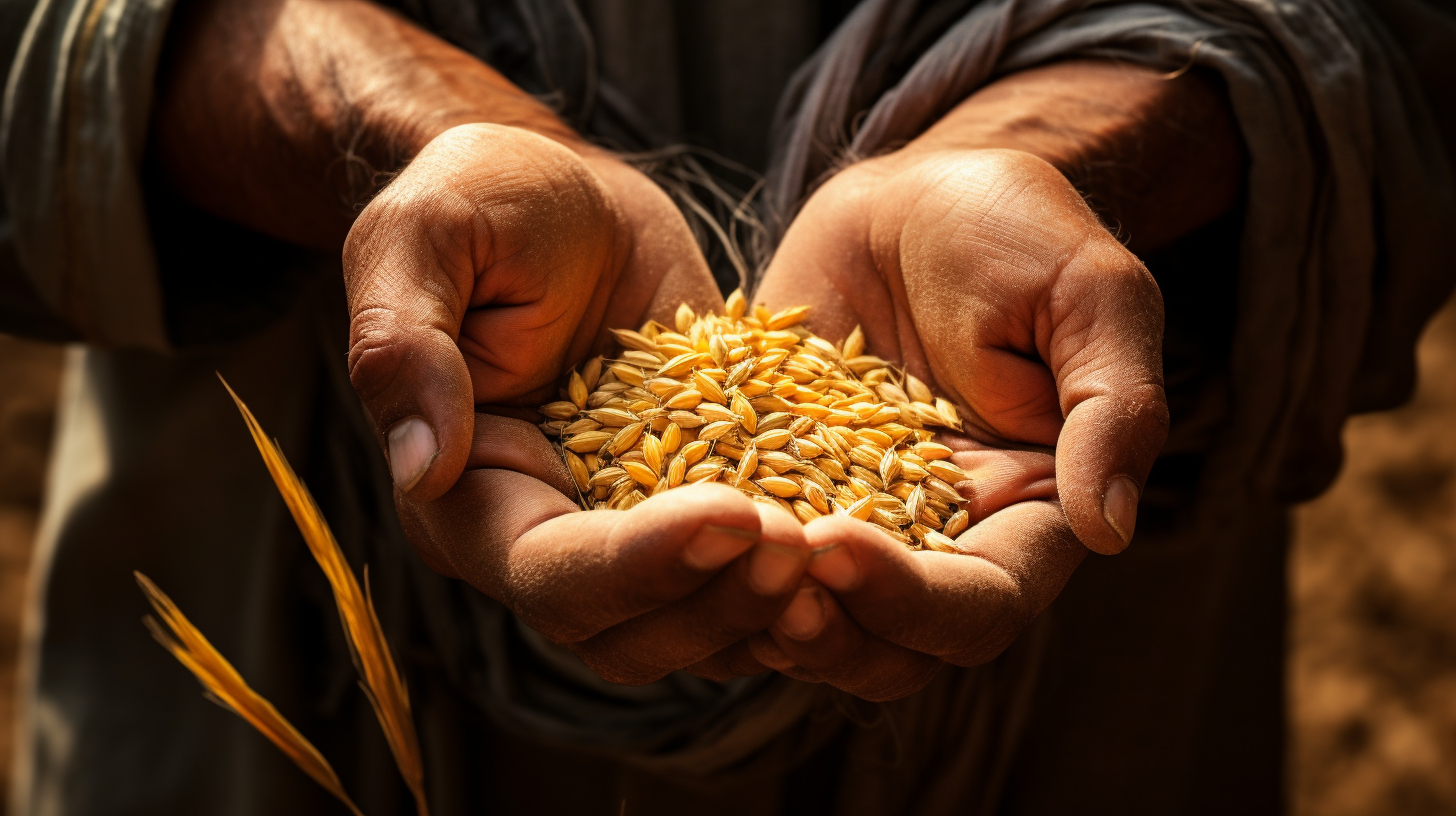Amidst a bleak landscape where synthetic solutions falter and Wild Edibles mark dinner plates, hope might just lie in the roots of our ancestors. Enter the ancient grains: amaranth, quinoa, millet, and others – Earth’s hardy progeny that have weathered millennia. But can these venerable crops brave the tempest of our toxic future? Today, we delve into the resilience of these grains, as they bare their fibrous hearts against a planet marred by environmental sins.
Known for their nutrients titans, these ancestral seeds carry whispers of a time when food was more than sustenance, it was a covenant with the soil. Unlike their high-yield, delicate cousins that shudder at the hint of drought or pestilence, ancient grains flaunt a Spartan resilience to distress. Agronomists and survivalists alike mutter about their potential, impressed by their Spartan resilience to distress.
The battlegrounds have shifted from verdant fields to toxic terrains laden with heavy metals and unpredictable weather patterns of our own making – a tableau painting in lurid tones the prophecies of climate advocates now silenced. Yet, the venerable seeds of quinoa stand unfazed in saline soils, while millet gallantly wields its modest water needs as a shield against drought’s cruel embrace.
Some whisper reverently of amaranth’s stubbornness to yield up its luscious bounty amid chemical havoc. The common thread these grains weave is one of obstinance and adaptability, essential virtues in our ravaged environment where ‘normal’ is but a footnote in history books.
Our previous explorations of technology’s gleaming promise in ‘Crops Under Fire’ and humanity’s grudging return to foraging in ‘Survival Harvest’ posed solutions enveloped in Silicon and survivalism. Yet, the question looms large: could salvation be found in combining the ancient wisdom encapsulated in these seeds with the cutting-edge survival strategies we have been forced to adopt?
Proponents argue for a hybrid approach. A future where the ancient, genetically stout ambassadors of a forgotten agrarian Eden are interwoven with modern techniques. Where smart irrigation co-mingles with the tenacity of teff, and genetic selectivity empowers the potential within these seeds to resist the coming days’ trials.
“We’re seeing the tip of the iceberg,” a rogue agronomist states, her eyes reflecting the conviction of her words. “These grains don’t just survive; they thrive – offering us a blueprint to rebuild our food systems from the ground up. The caveat? Time – we cannot wait for the land to be barren before we turn to what was always there.”
Like the phoenix rising from ashes, there is wisdom in mining the knowledge of the past for seeds robust enough to endure the pressure of our toxic legacy. Cynics mock, but necessity may soon crown these ancient grains as monarchs of our food chain.
As the earth groans under the sheer weight of our neglect, we document the contradiction: playing out before us is both an elegy for what we have lost and a sliver of a chance for adaptation. The entire venture cherishes a dark form of irony – it may be too late to prevent our dystopian destiny from unraveling, yet understanding and embracing these seeds could pave a way for eking out existence in the harrowed times to come.
In closing, one ponders if in our chase for convenience we’ve ignored the guardians standing silently at the periphery of our fields. In their genetic tapestry, ancient grains may possess the secret resilience required to withstand the toxic challenges ahead. But the inquiry persists: will we recognize the worth of ancient wisdom before the final grains of hope slip through our fingers?
